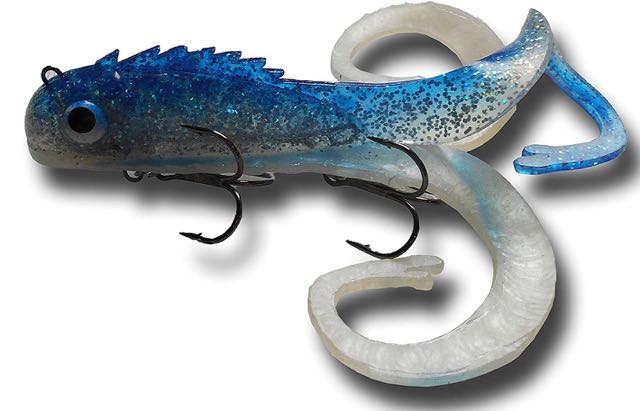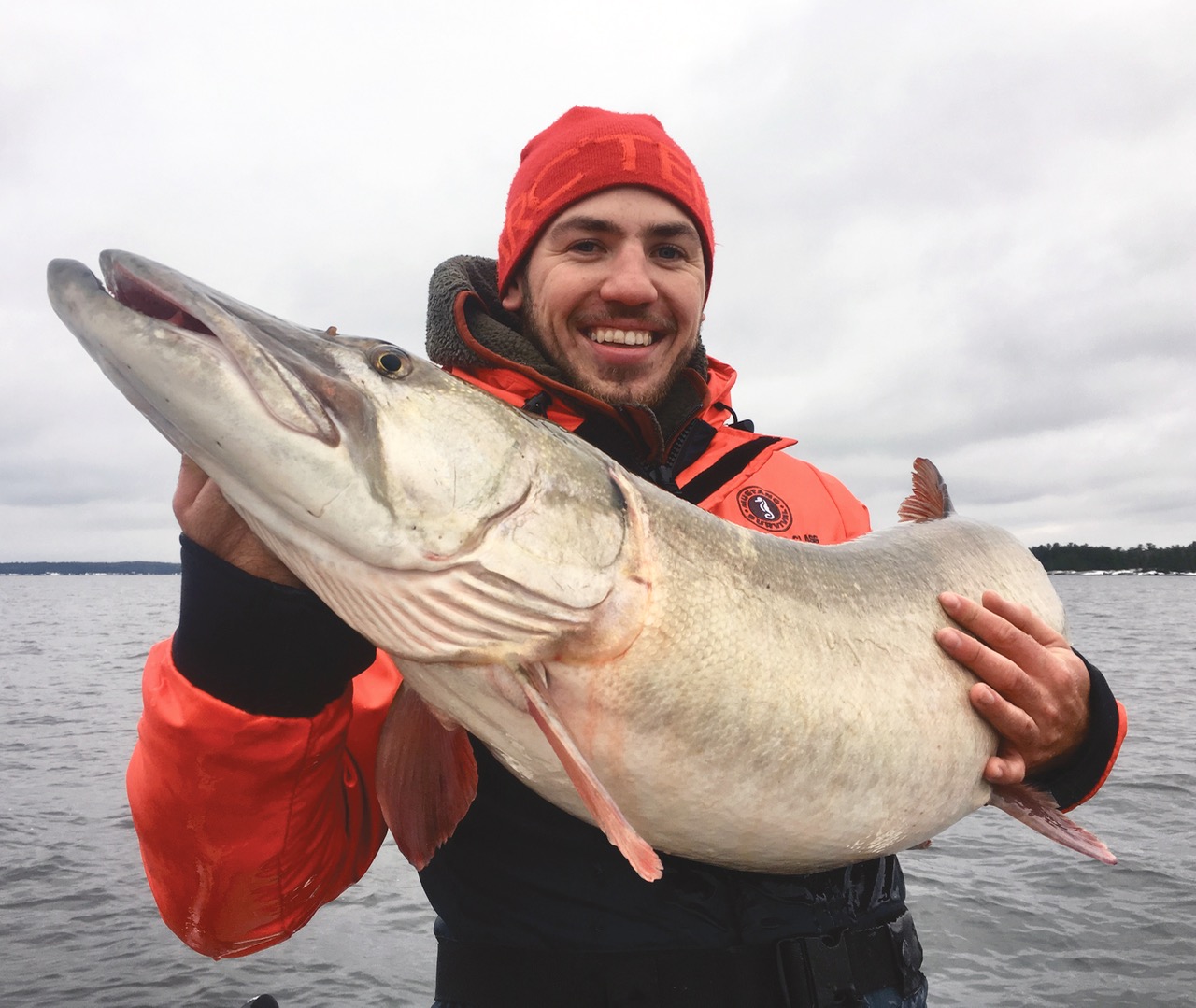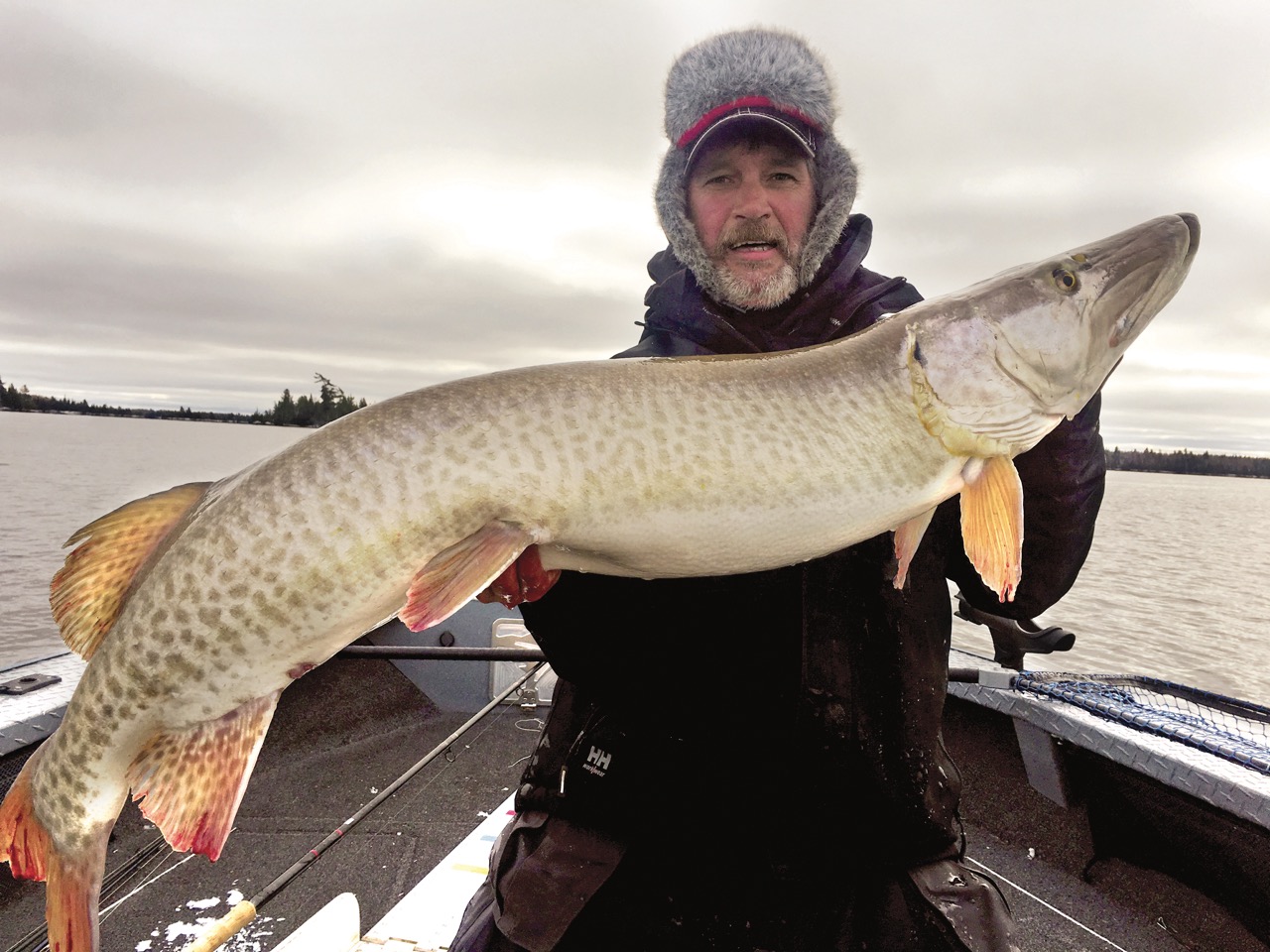Monsters Inc.
Secret strategies for outsmarting late-season ’skis
Advertisement
EXPERT: Cal Ritchie
SECRET: Target deep channel drops
As a veteran guide on Ontario’s Eagle Lake, Cal Ritchie knows all about big muskies. After all, Eagle produced a 61-pound-nine-ounce trophy—a former Ontario record—and the lake is thought by many, including Ritchie, to hold the next world record. And the way he sees it, the late season just might be when it happens.
Advertisement
“Late fall is my favourite time of the year to target giant muskies that are putting on the feedbag and storing up energy for the long upcoming winter,” Ritchie says. “And my favourite place to look for them is in narrows, channels and necked-down areas where there is either moving water or wind-induced current.
After he finds a suitable constricted, river-like, Ritchie tries to zero in on his two must-have features. One is an extensive shallow feeding shelf that juts out somewhere along the shoreline, or comprises the top of a shallow submerged reef. The other must-have feature is a sharp drop-off on the rim of the shelf that breaks quickly into deep water.

Once he’s located either of those spots on the spot, Ritchie likes to throw big, muskie-sized tube jigs, as well as Musky Innovations’ Bull Dawgs and Chaos Tackle’s Medussas. “I’ll cast them up onto the shelf or hump, then swim them down the steep breaks where the muskies typically lurk in ambush,” he says. “I love letting my bait free-fall down the slope, while slowly imparting a pumping action to make it look like it’s struggling to swim. The strikes are ferocious as you feel the bait suddenly stop dead in its tracks, then feel the massive head shakes from a giant fish.”
Advertisement
If Ritchie doesn’t connect with a muskie after dissecting a downhill slope, he doesn’t give up and move on. Instead, he stows his casting rod and digs out a trolling outfit. “I troll at between two and three miles an hour and smash the baits into the breaklines and deeper edges, looking for suspended fish,” he says. “In the late fall, you have to slow down and work these key structures thoroughly.” Since the feeding windows are shorter and open less often in the late season, Ritchie advises taking your time.


